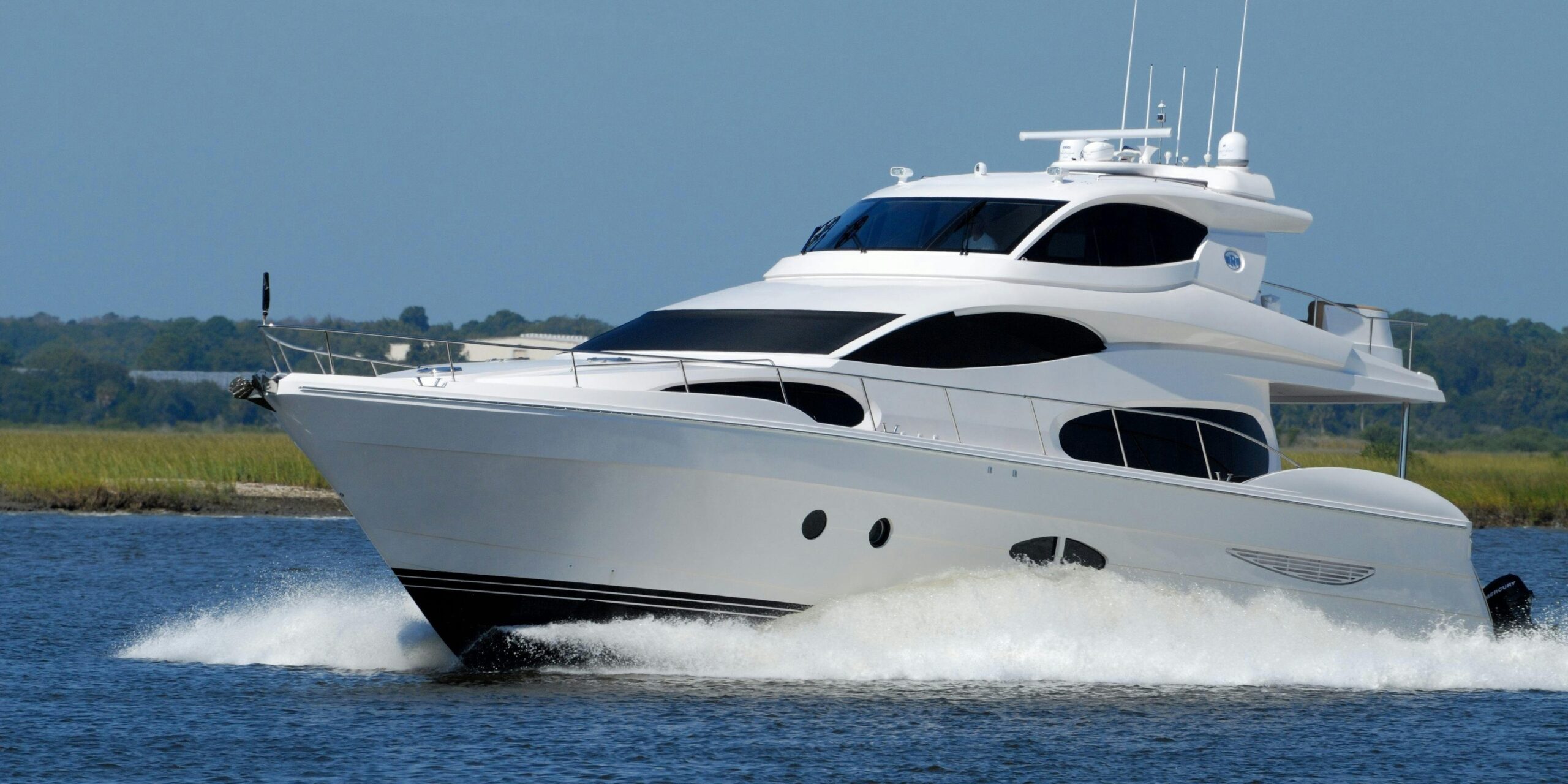Certain numbers in yachting are more significant than others. “24 metres” is one of them. It’s a benchmark that’s under the radar but affects licensing to regulation. Understanding what the 24-metre rule is isn’t just a technicality — it governs the way a yacht is classified, operated, and regulated.
The Basics of the 24-Metre Rule
The 24-metre rule has nothing to do with the total length of the yacht but with its Load Line Length. It’s an international measurement criterion used under the International Convention on Load Lines and other regulations for sea-going vessels. Put simply, if a yacht’s load line length is over 24 metres, by law, it’s a “large yacht”.
This classification has far-reaching implications for builders, owners, and operators. It determines what laws the ship has to abide by, what it has to be licensed for, and what it can be used for — commercial or private ventures.
Pleasure Yacht vs. Large Yacht
A vessel under 24 metres in load line length is usually the subject of less onerous regulations. These smaller vessels are termed “pleasure vessels” and are subject to fewer safety and inspection standards. The moment a vessel crosses that threshold of 24 metres, it is then a “large yacht” where other criteria apply under international shipping law.
Big yachts must meet stricter construction and operating standards. They are typically governed by the LY Code (Large Yacht Code), which has been developed by the UK Maritime and Coastguard Agency (MCA). The LY Code comprises regulations in safety, crew training, lifesaving appliances, etc.
The Significance of Load Line Length
It is to be noted that Load Line Length (LLL) is not equivalent to overall length (LOA). The LLL is measured on the assigned section of the hull and doesn’t account for overhangs like swim platforms or bowsprits. This is the reason why some yachts that are “over 24 metres” in overall dimensions can still fall short of the 24-metre load line, i.e., they can be considered pleasure craft.
Yachts are often constructed just short of the 24-metre LLL limit for precisely this reason. It provides more space and convenience and keeps the boat in the simpler classification.
Why the Rule Matters
The 24-metre rule has significance in a number of aspects of yacht ownership and operation:
Regulations: Determines if a yacht must comply with international safety and manning regulations.
Crew Requirements: Professional crew with qualified credentials is required for large yachts.
Maintenance & Inspections: Over 24-meter commercial yachts involve regular surveys and certificates.
Registration: There are additional registration processes for some flags based on whether a yacht is greater or lesser than 24 meters.
Operational Flexibility: Small yachts can be privately owned with minimal burden in law, while larger ones are limited in use unless certified for chartering.
Common Misunderstandings
Everyone interprets the 24-metre rule as being for overall length, which is likely to be a cause of confusion when buying or registering a yacht. Yacht brochures promote yachts by their overall length, while classification societies just refer to load line length. This difference can change a ship’s classification and so its compliance requirements.
Design Implications
For yacht manufacturers, the 24-metre threshold is both a curse and a blessing. Designers try to make the most of space and luxuries without having to meet the more stringent regulations of large yacht classification. Clever use of layout, hull shape, and superstructure design allows many manufacturers to create yachts well over in spirit but short of in certification.
The Bottom Line
The 24-metre rule is not just a regulation – it is a dividing line that separates the yacht industry into two worlds. It defines what is a pleasure yacht, what must be commercially certified, and how vessels are built and maintained.
For owners, the reason for this rule is to assist them in decision making in relation to purchase, registration, and use. Staying under 24 metres may be convenient, but crossing that threshold means entering a world of larger, more powerful yachts — but a world of greater responsibility as well.










